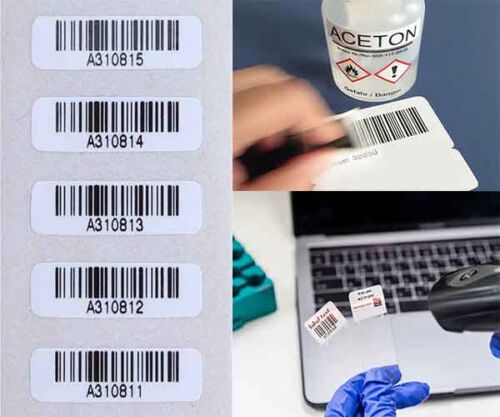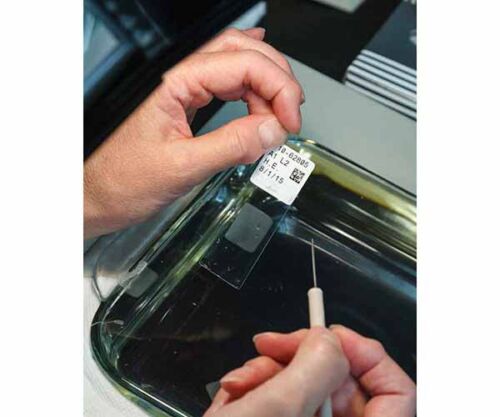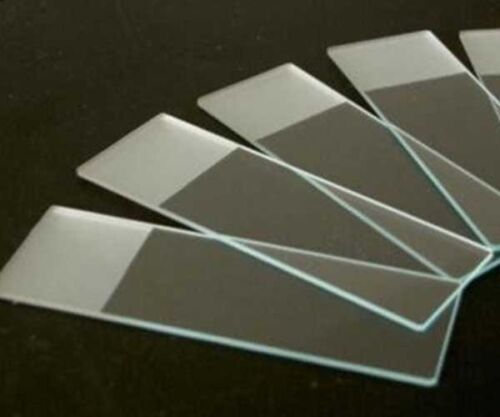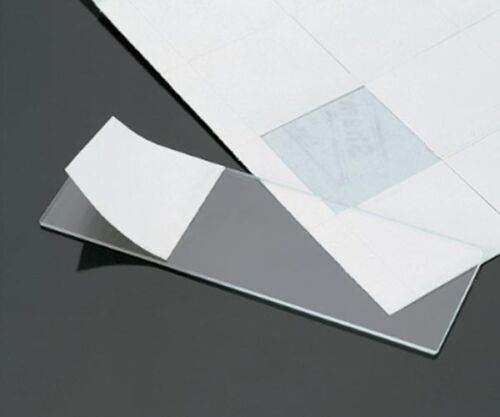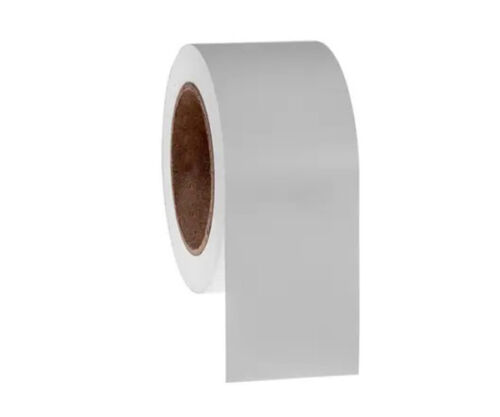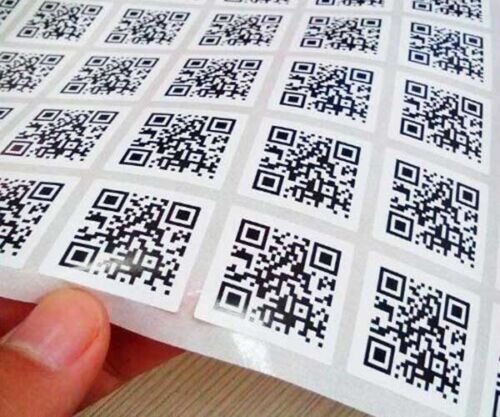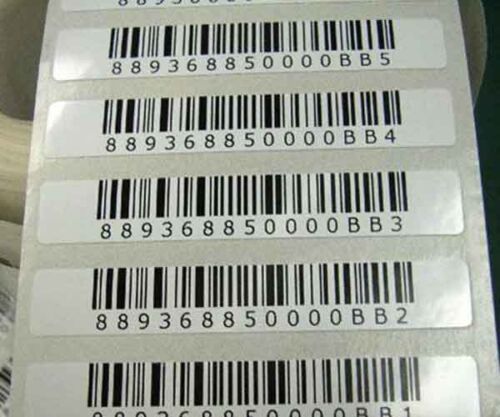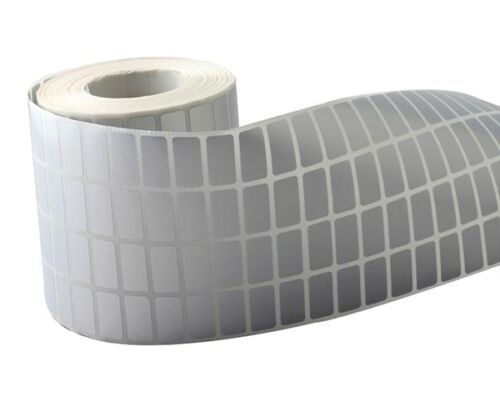-
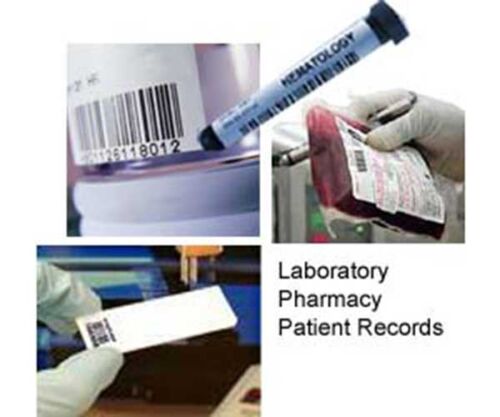
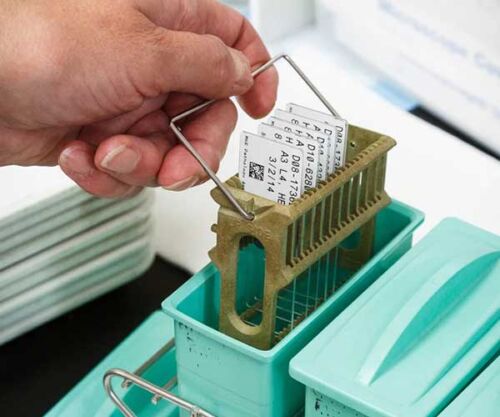 Ruilabels high chemical resistance labels are suitable for various industrial applications and healthcare fields. Labels withstand direct exposure and immersion in xylene, toluene, alcohol, formalin, hexane, acetone, dimethyl sulfoxide (DMSO), methyl ethyl ketone (MEK), acetonitrile (ACN), and other chemicals and solvents in organic solvents.
Ruilabels high chemical resistance labels are suitable for various industrial applications and healthcare fields. Labels withstand direct exposure and immersion in xylene, toluene, alcohol, formalin, hexane, acetone, dimethyl sulfoxide (DMSO), methyl ethyl ketone (MEK), acetonitrile (ACN), and other chemicals and solvents in organic solvents. -
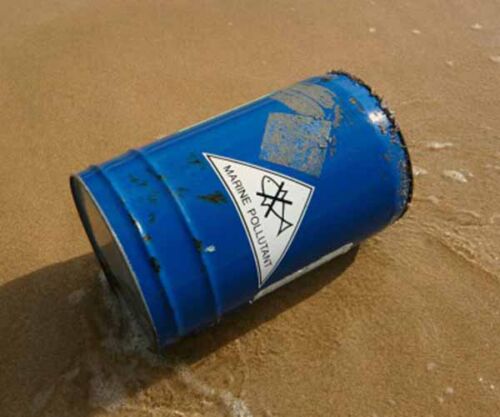 BS5609 is the British Standard for pressure-sensitive adhesive labels used for marine applications. Ruilisibo offers salt water labels/ BS5609 labels For drums, as well as other types of containers that are used to transport hazardous materials such as solvents, paint, petroleum products, chemicals, and hazardous wastes.
BS5609 is the British Standard for pressure-sensitive adhesive labels used for marine applications. Ruilisibo offers salt water labels/ BS5609 labels For drums, as well as other types of containers that are used to transport hazardous materials such as solvents, paint, petroleum products, chemicals, and hazardous wastes. -
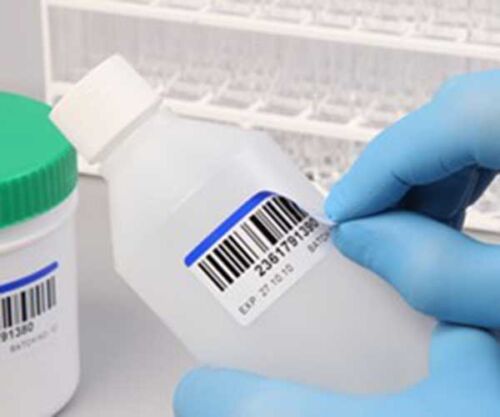
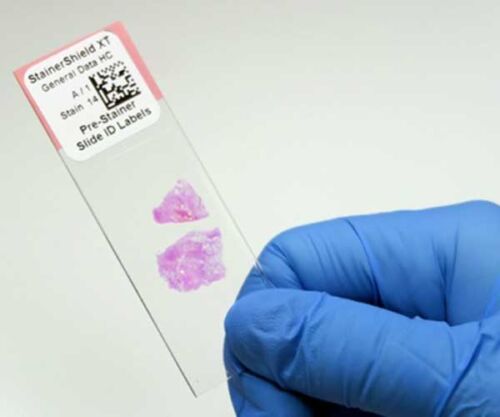 This solvent resistant clinical label is a thermal transfer printable polyester, it enables production of on-demand high performance variably printed labels. The label film’s high chemical resistance mean it can be exposed to a variety of harsh cleaning agents such as IPA, xylene and acetone without compromising the label’s print or topcoating.
This solvent resistant clinical label is a thermal transfer printable polyester, it enables production of on-demand high performance variably printed labels. The label film’s high chemical resistance mean it can be exposed to a variety of harsh cleaning agents such as IPA, xylene and acetone without compromising the label’s print or topcoating. -

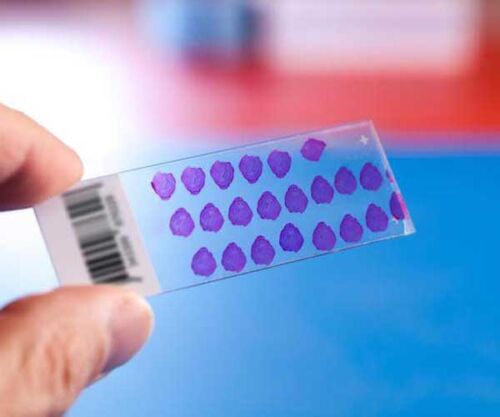 Ruilabels’s super resistant labels are specially designed for histology and cytology laboratories. They have long-term resistance to common organic solvents such as xylene, toluene, hexane, acetone, alcohols, dimethyl sulfoxide, and are resistant to dimethyl sulfoxide (DMSO), acetonitrile (ACN), methyl ethyl ketone (MEK), as well as industrial thinners, fluxes, oils and fuels, degreasers, gasoline and other chemicals.
Ruilabels’s super resistant labels are specially designed for histology and cytology laboratories. They have long-term resistance to common organic solvents such as xylene, toluene, hexane, acetone, alcohols, dimethyl sulfoxide, and are resistant to dimethyl sulfoxide (DMSO), acetonitrile (ACN), methyl ethyl ketone (MEK), as well as industrial thinners, fluxes, oils and fuels, degreasers, gasoline and other chemicals. -
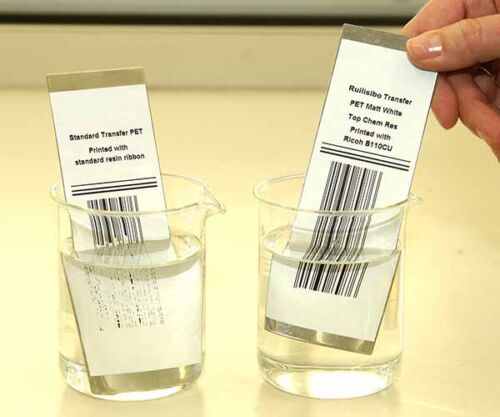 This super solvent resistant label is ideal for short and long-term sample cryopreservation, including multiple freeze-thaw cycles, liquid and vapor phase liquid nitrogen, laboratory freezers and dry ice. They are resistant to contact and immersion in aggressive chemicals, oils, detergents, solvents and surface cleaners. They can be immersed in ethanol, isopropanol and xylene, or wiped and sprayed with acetone and disinfectant wipes.
This super solvent resistant label is ideal for short and long-term sample cryopreservation, including multiple freeze-thaw cycles, liquid and vapor phase liquid nitrogen, laboratory freezers and dry ice. They are resistant to contact and immersion in aggressive chemicals, oils, detergents, solvents and surface cleaners. They can be immersed in ethanol, isopropanol and xylene, or wiped and sprayed with acetone and disinfectant wipes. -

 Ruilabels offers specialty labels that can printed with Ricoh B110CU ribbon. The label content maintain their integrity and durability even when exposed to strong solvents that would normally erase printing. They can even be used in environments that were previously incompatible with thermal transfer printing.
Ruilabels offers specialty labels that can printed with Ricoh B110CU ribbon. The label content maintain their integrity and durability even when exposed to strong solvents that would normally erase printing. They can even be used in environments that were previously incompatible with thermal transfer printing.

